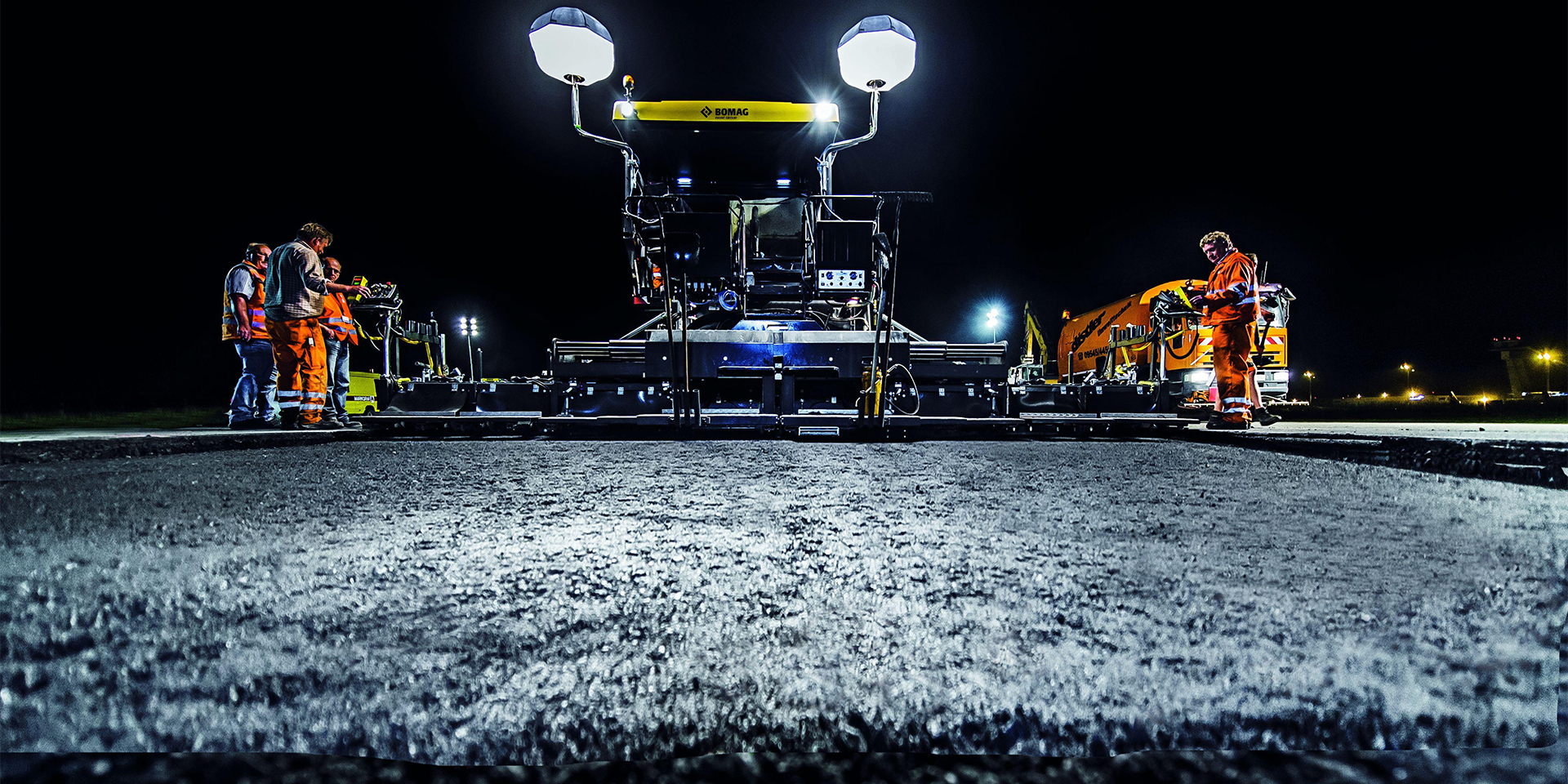As the road construction industry continues to evolve, demand for quicker delivery and increased sustainability on projects puts a heightened focus on the need for large-scale digital transformation. With skilled machine operators being increasingly hard to find, and the cost of materials – particularly asphalt – continuing to skyrocket, road construction companies are turning to technology and the benefits it brings as the solution. Our experts listed five key reasons why contractors should consider digitalising their paving workflows.
1) It maximises efficiency
Short timeframes to complete work are especially common in paving. Many projects require full road closures, meaning that work must be carried out as quickly as possible to avoid extended disruption.
As a result, many teams are turning to the latest surveying tools, machine control systems and project management solutions to get the job done quicker, while improving quality.
GNSS is at the heart of this technology, not only offering teams on the ground a higher quantity of data, but doing so in a shorter amount of time. In fact, by using such solutions, project teams can complete a detailed scan of a surface one day, getting an immediate picture of the surface condition, and start milling the next day. The resurfacing software enables super-fast calculations for design work to be completed, which is exported directly to milling and paving control systems. What used to take weeks, even months, to complete can be done in a matter of days.
At Topcon, our road resurfacing workflow is called SmoothRide. It’s a comprehensive road resurfacing solution, encompassing scanning, design, milling and paving, and it delivers efficiencies every step of the way. From vehicle-mounted scanners that capture thousands of datapoints per second, to automated milling machines and pavers that work simultaneously to the same design, SmoothRide can help complete traditionally time-consuming infrastructure projects in record speed and with the smoothest results.
















